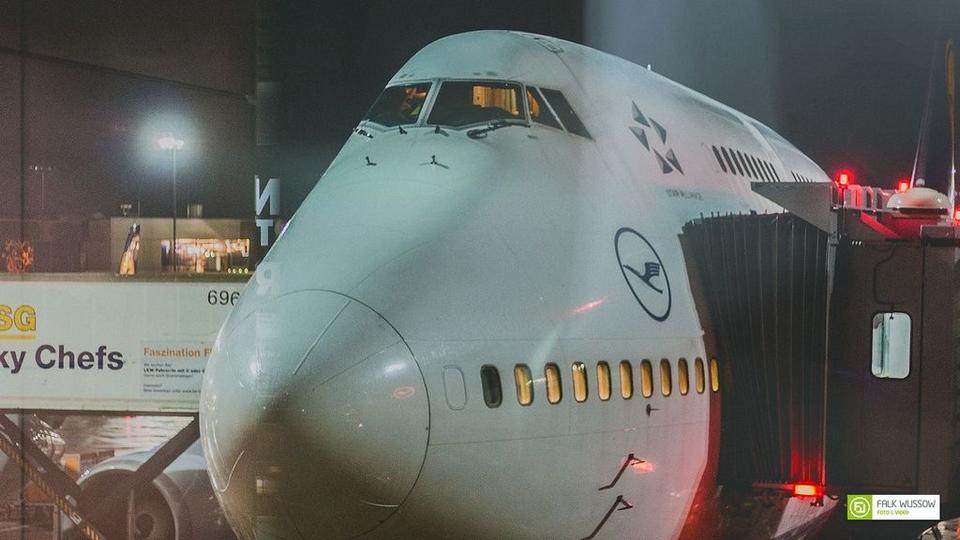
The deadline for compliance with the REAL ID Act will be moved from Oct. 1, President Trump announced March 24, to preventcrowding at state DMVs during the COVID-19 outbreak.
U.S. Department of Homeland Security defines the 9/11-motivated and 2005-passed REAL ID Act as “set standards for the issuance of sources of identification, such as driver’s licenses.” In a nutshell, a driver’s license will continue to serve as a legal license to drive as well as an individual’s legal identification, but it will also enable the carrier to:
‒ Access federal facilities.
‒ Board federally regulated commercial aircraft.
‒ Enter nuclear power plants.
The president did not give a new deadline.
The deadline does not mean that a person’s driver’s license will suddenly expire. However, by this date, a REAL ID is necessary if people want to board a plane or access federal facilities, or if they have need to enter nuclear power plants.
According to Homeland Security, all 50 states are equipped to provide REAL IDs.
To obtain a REAL ID, an individual must visit his or her state’s driver’s licensing agency website to learn documentation required to obtain the new identification card. Homeland Security has informed: “At a minimum, you must provide documentation showing: 1) full legal name; 2) date of birth; 3) Social Security number; 4) two proofs of address of principal residence; and, 5) lawful status.”
REAL IDs will be distinguishable by a particular star motif somewhere on the card.
There is no added fee to obtain a REAL ID, only the standard driver’s license issuance or renewal fees are required.
One concern is that Homeland Security will use this new measure to establish a comprehensive database of citizens. The department’s insistence is that the act is simply another level of security to protect citizens.
“The purpose of REAL ID is to make our identity documents more consistent and secure,” stated the department.
Links regarding REAL ID may be found on Homeland Security’s website, dhs.gov.
